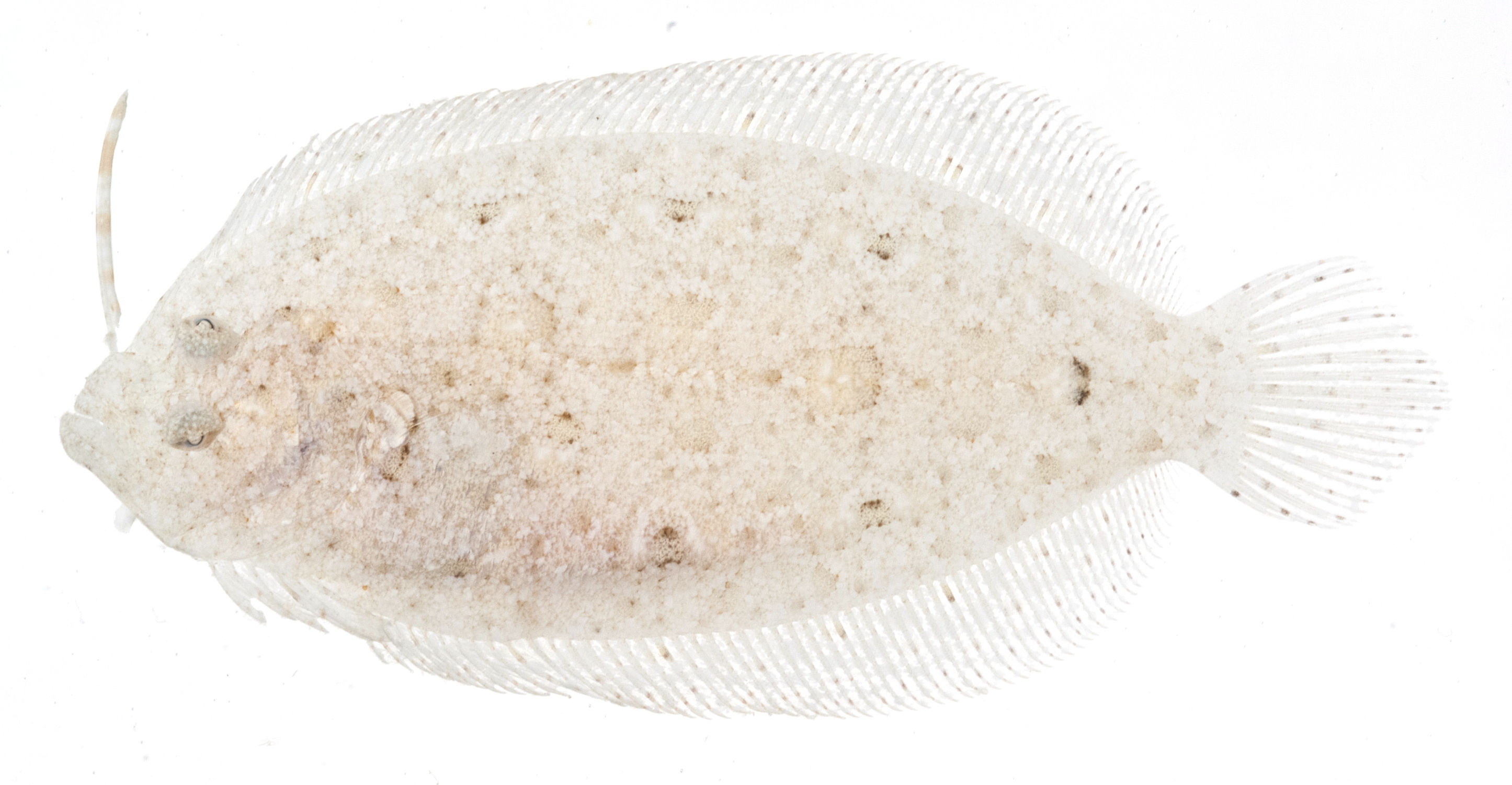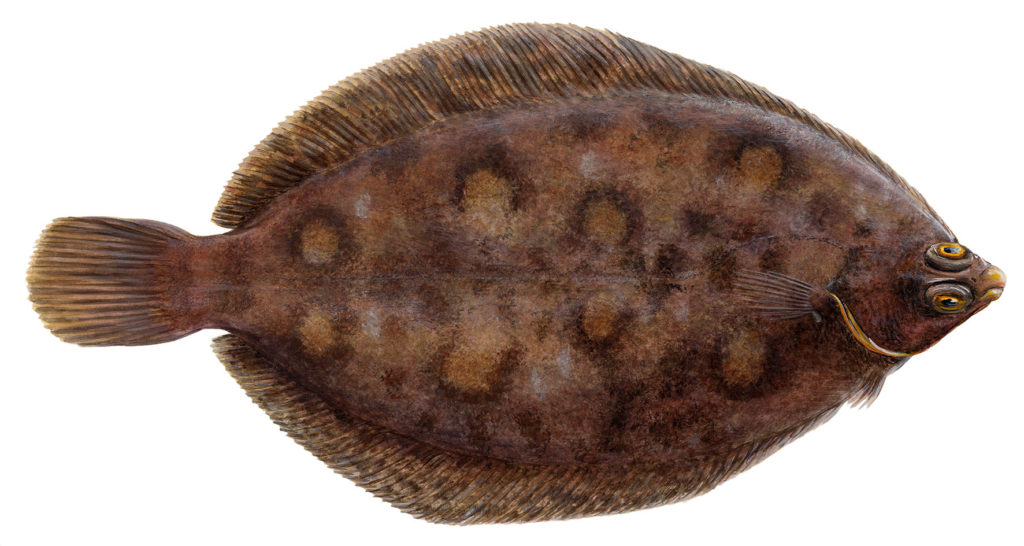

Flatfish larvae begin life with eyes on either side of their bodies. Most flatfish species produce pelagic eggs, which means their eggs float freely in the water instead of sinking to the bottom. ( See also Invasive Species in Canada: Animals.) One species of flatfish, the European flounder ( Platichthys flesus) has been accidentally introduced to lakes Superior and Erie. ( Hippoglossoides platessoides) and Winter Flounder ( Pseudopleuronectes americanus). The Pleuronectidae include many species of high commercial importance in Canada, such as the Atlantic Halibut ( Hippoglossus hippoglossus), Pacific Halibut ( Hippoglossus stenolepis), American Plaice The family Pleuronectidae are the predominant family found in the cold temperate seas of the northern hemisphere. Occasionally, those species who can tolerate both types of water swim upstream from the coasts.

In Canada, however, there are no species of flatfish that live solely in freshwater, though In freshwater, they are found in lakes and rivers. In saltwater, flatfish live along continental shelves, including those off Canada’s Pacific and Atlantic coasts. Range and Habitatįlatfishes are found globally in saltwater, freshwater, and brackish environments. The fishes in the mostly North Americanįamily Pleuronectidae have mouths that are large and toothed, while other flatfishes, such as soles in European waters, have very small and highly specialized jaws. By comparison, flatfish in the family Cynoglossidae lack pectoral fins entirely. Some flatfishes, suchĪs those in the family Bothidae, have elaborate and ornate elongations of the fins on the sides of their body, known as pectoral fins. For example, some tropical species measure less than 5 cm long, while the Atlantic halibut reaches lengths of up to 2 m and weighs in excess of 300 kg. Otherwise, there is an incredible variation in size and shape among flatfishes. Flatfishes are also characterized by having a dorsal fin that extends onto the back part of their skull. Their other distinguishing feature is the presence of both eyes on the same side of their head. Flatfish are so-called because they are, indeed, flat.


 0 kommentar(er)
0 kommentar(er)
